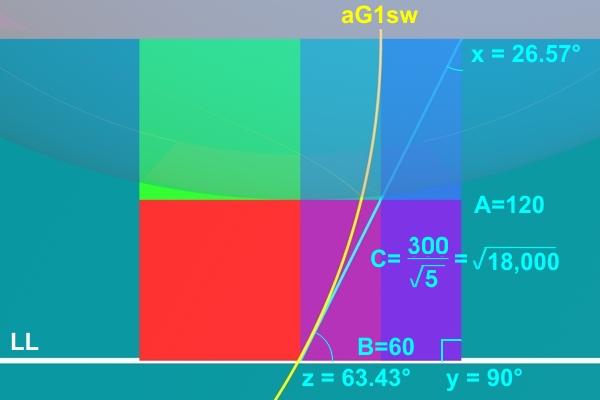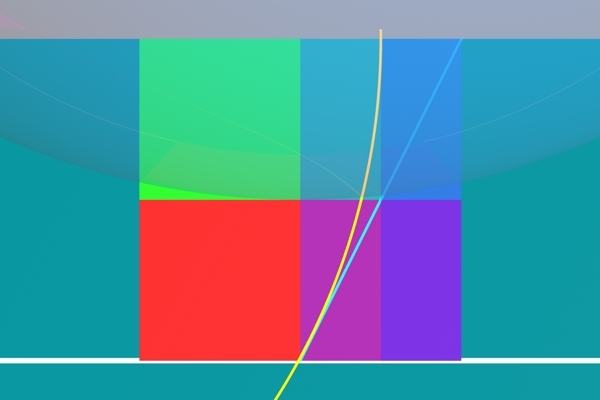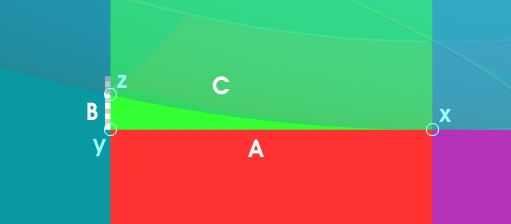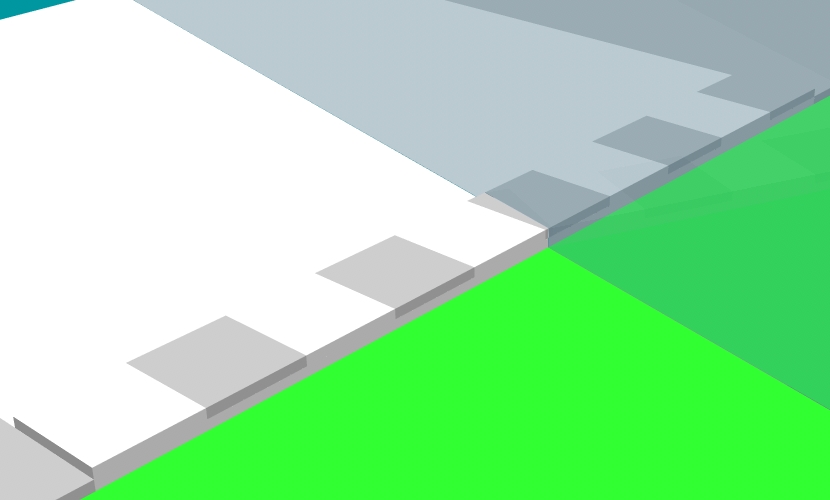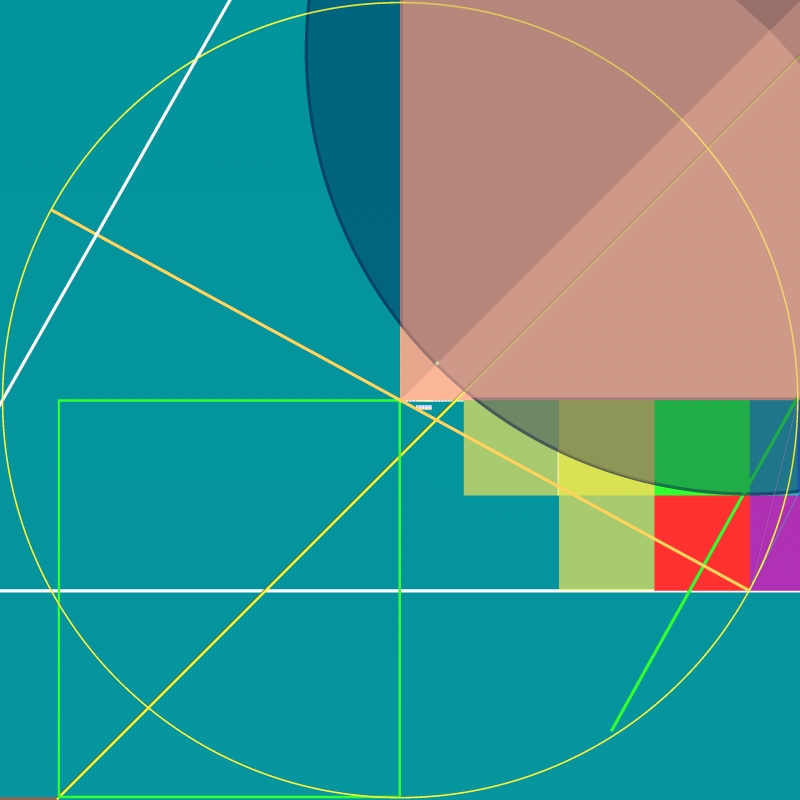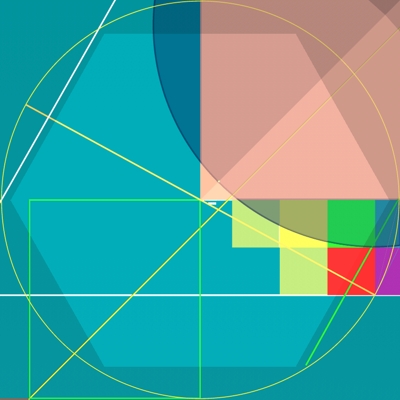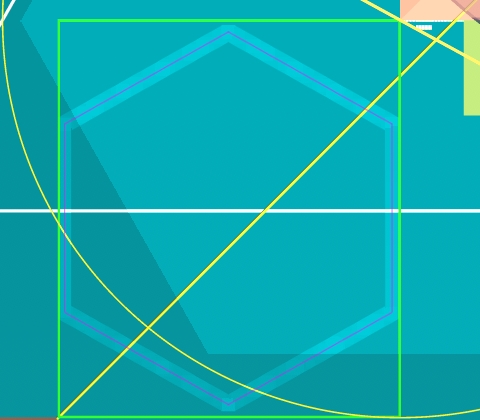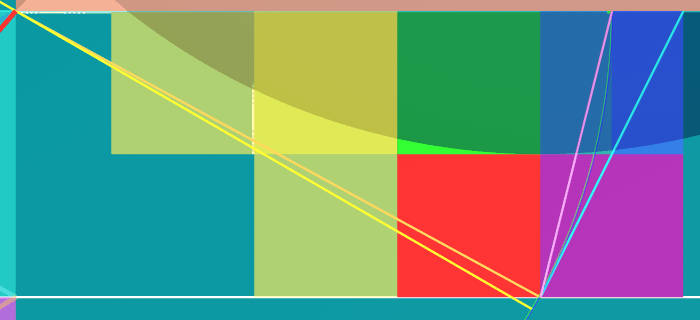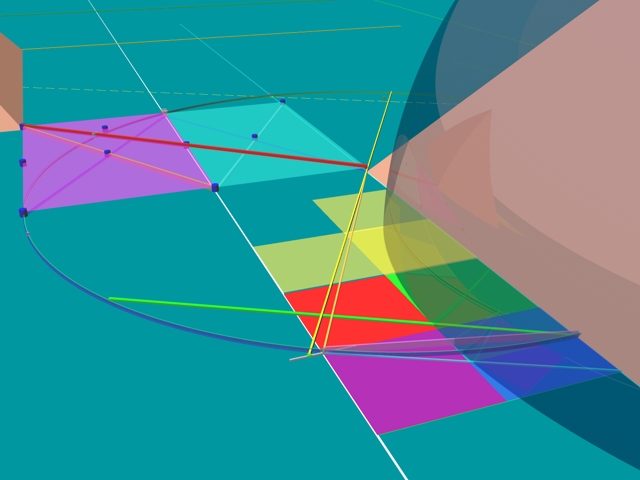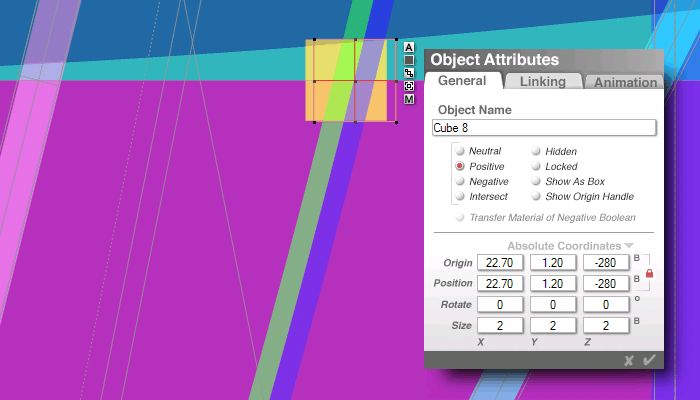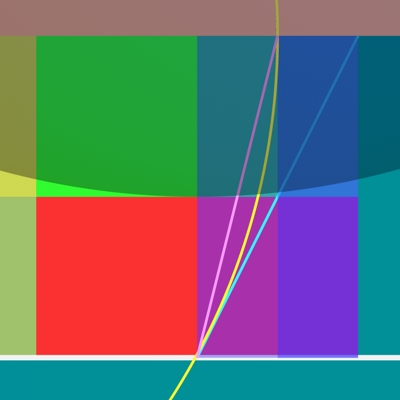
|
two 30x60... half squares
...in purple and teal...
quad square... 30 x 120
our new C side in pink
|
|
|
A2 + B2 = C2
(30)2 + (120)2 = C2
900 + 14,400 = 15,300
square root of 15,300
= 123.693168768529...
about 0.7 longer than our last one
about a half a percent difference
0.005635518443331841419856062...
about one 200th... or, 2x2x2x5x5
one over 2 cubed times 5 squared
|
|
|
the new hypotenuse (pink)
defines a chord on a G1sw
the midpoint: (naturally)
halfway between LL n G1s:
...but also very close to
the disk or edge of S1...
|
|
|
i could go in and measure
with a pair of objects...
...by exactly how much...
but we can tell from here
it's within about a cubit
|
|
|
and anyways, the real pyramids
aren't a "perfect" 90� exactly
(for strange, complex reasons)
so, not precisely 440c lengths
(which i'll investigate later)
but they're very very close...
so this is just a theory model
...starting with the basics...
|
|
|
back into wireframe mode:
shows this new hypotenuse
correctly measures 123.69
...at 14.04� clockwise...
...15.6 percent of 90�...
(3.9 percent of a circle)
93.6 percent of a 24th...
xx26ths; 3.9 x 51 = 99.45
so: 13 being an extension
|
|
|
|

|
...above, you can see the thickness is one cubit (8c tall)...
...below, i've temporarily thinned the lines to: 0.2 cubit...
(the actual line being their center, with easy 0.1 reckoning)
and introduced a 1 cubit diameter dot at coordinates (0,-340)
|
|
|
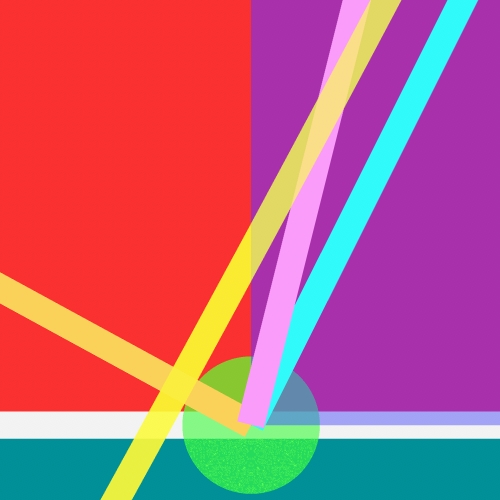
|
orange line: new angle from G1sw
measuring about: 250.6 at 61.39�
G1sw (-220, -220) ...to (0,-340)
with a midpoint of: (-110, -280)
(the height of G1 and S1 radius)
|
...and earlier C square angles...
pink line = "Cube 4" (from above)
the cyan line is the angle
from the previous page (30, -280)
length of root 18,000 (134.16)
|
|
|
|
yellow line = arc aG1sw
...250 radius from G1sw
approximately 0.6 from:
|
green dot: focal point (0,-340)
340 cubits S of G1 center point
120 cubits S of G1 south edge..
|
|
|
the 250 cubit distance
from center point G1sw
is at the arc, exactly
the extra .6 cubits...
|
is: half the .2 cubit thick yellow line
plus half the 1 cubit diameter green dot
due south of G1 center point 340 cubits
and south of G1 south edge 120 cubits
|
and this arc continues further NNE to intersect G1s at (30, -220)
|
|
|
|
|
|
first of all:
(440:280) = (44:28) = (11:7)
internal adjacent primes to 6 n 12
280 is 63.636363... percent of 440
(7x9) step down, repeat infinitely
...7 and 9 stagger 8...
the mid-curve of 6 n 12
(7x40)>> 70: 2/3, 1/3, 2/3, 1/3...
defining a natural shape
with an artificial line
...so the actuality is
...just a guideline...
...and it's not really
appreciable in base 10
10 is here cuzza 2 n 5
|
|
|
1109.42857142857142857142857142...
...computer...?...
how did i just arrive at this number ?
...no response...
...ok...
|
|
|
1109.428571 428571 428571 428571..
123200 / 1109.428571___...
=111.0481586402266288951841359782
1109.428571 428571 428571 428571__
/ 280 (height of G1 and S1 radius)
= 3.962244897959183673469387755...
= 0.04... short of 4, or 2 squared
but, if instead of 100 for percent
we do 1000ths (so... per-milli...)
110.94285... so, just short of 111
...and then, it wants a smaller 60
then, it's an even smaller 30 over
...see how the numbers are making
little pyramid shapes themselves
|
|
|
111/280
0.39642857142857142857142857142857
reciprocal
2.5225225225225225225225225225225
111/440
0.25227272727272727272727272727273
reciprocal
3.963963963963963963963963963964
1109.4285714...
x 280 = 310,640
1109... / 440
2.52142857142857142857142857140...
5 halfs or 5 squared over 10 (2x5)
within a: "magnetic" range of that
|
|
|
base area: 440 x 440 = .. 193,600
vol: 440 x 440 x 280 = 54,208,000
. . . / 3 = 18,069,333 and a third
. 60 / 1.111... = 54.00000000...54
remembering the significance of 60
...and reaching... 54 is 6 from 60
squared about 3000 million million
. . . . . . 2,938,507,264,000,000
60 short of 3000 (million million)
(or close enough to pay attention)
and cubed, it's:
. 159,290,601,766,912,000,000,000
so about 16 and a buncha zeroes...
16 being 4 squared, (also 2 cubed)
and not an insignificant number...
|
|
|
70,600 / 440
= 160.45454545...
70,600 / 280 = 252.142857142857...
25 is 5 squared, n then pi minus 1
also: square root 2 plus 1 (or so)
and the difference we can make up:
by continually adding, subtracting
different various "sacred" numbers
ever closer in fractal progression
it's balanced, is what it's saying
and it seems like hogwash
except it's incremental
706 / 60 =
11.766666666666666666666666...
from 12: a 2 or a 3 for staggering
and then thirds...
123,200 / 70,600 =
1.745042492917847025495750...
1.75 about, or seven eighths
which is: one eighth from 2
|
|
|
90 / phi (1.618...)
= 55.62422744128553770086526576...
500 x 400 = 200,000
...close to 180,000
(18,000 times 10)
180K is 20K less than 200K
it is 0.9 of (or times 9/10)
500 + 400 = 900
900 x 200 = 180,000
500 / 400 = 1.25
400 / 500 = 0.8
900 / 1000 = 0.9
9/8 = 1.125
8/9 = 0.888...
18/4 = 4.5
the average of 4 and 5
the average of 4x4 and 5x5 = 20.5
20.5 - 18 = 3.5
4.5 - 3.5 = 1
so there is one cubit
"straddling" numeral 4
that's our area of operation
|
|
|
...and, rounding off to the nearest nice round
"social" (and perhaps non-prime) whole numbers
(gravitating with preference to a commonality)
...18 is the (adjusted) average of (37/2)
...the average of (4x4) and (5x5) = 20.5
|
|
|
16 + 25 = 41
41 / 18 = 2.277...
add that to phi
(2.277...) + (1.618...) = 3.89581...
almost 4
ok, times phi
(2.277...) x (1.618...) = 3.68531...
from 4 is 0.3146814
-3.146814...
reminded of pi and phi/10
|
|
|
the square root of 1,800,000
= 1341.640...
that means
the square root of 1,800,000 equals:
300 times twice root 5 (4.472...)
300 times twice root 5 (4.472...)
300 * 4.472 = 1341.6 from before
i still want to put it up against
the other big numbers on the plan
1341.6 - 1732 = -390.4
1341.6 - 1417.5 = -75.9
390.4 - 75.9 = 314.5
close to 100 times pi
we'll keep it in mind
|
|
|
0.818...
500 x 400 = 200,000
and the square root of 200,000
= 447.21359549995793928183473374626
ok, so... the square root of 200,000
= 447.213595499957939281834733746...
...close to 440 G1s... 7.2135... off
21=(7x3) and 35=(7x5)... (stagger 4)
closer is the square root of 180,000
(10 times the square root of 18,000)
= 424.264068711928514640506617262...
...the difference between them is...
22.949526788029424641328116483346...
their ratio is 8:9
again, square root of 5
is ... 2.236067977499789696409173...
x10 = 22.360679774997896964091736...
a difference of:
...... 0.588847013031527677236379...
|
|
|
|

